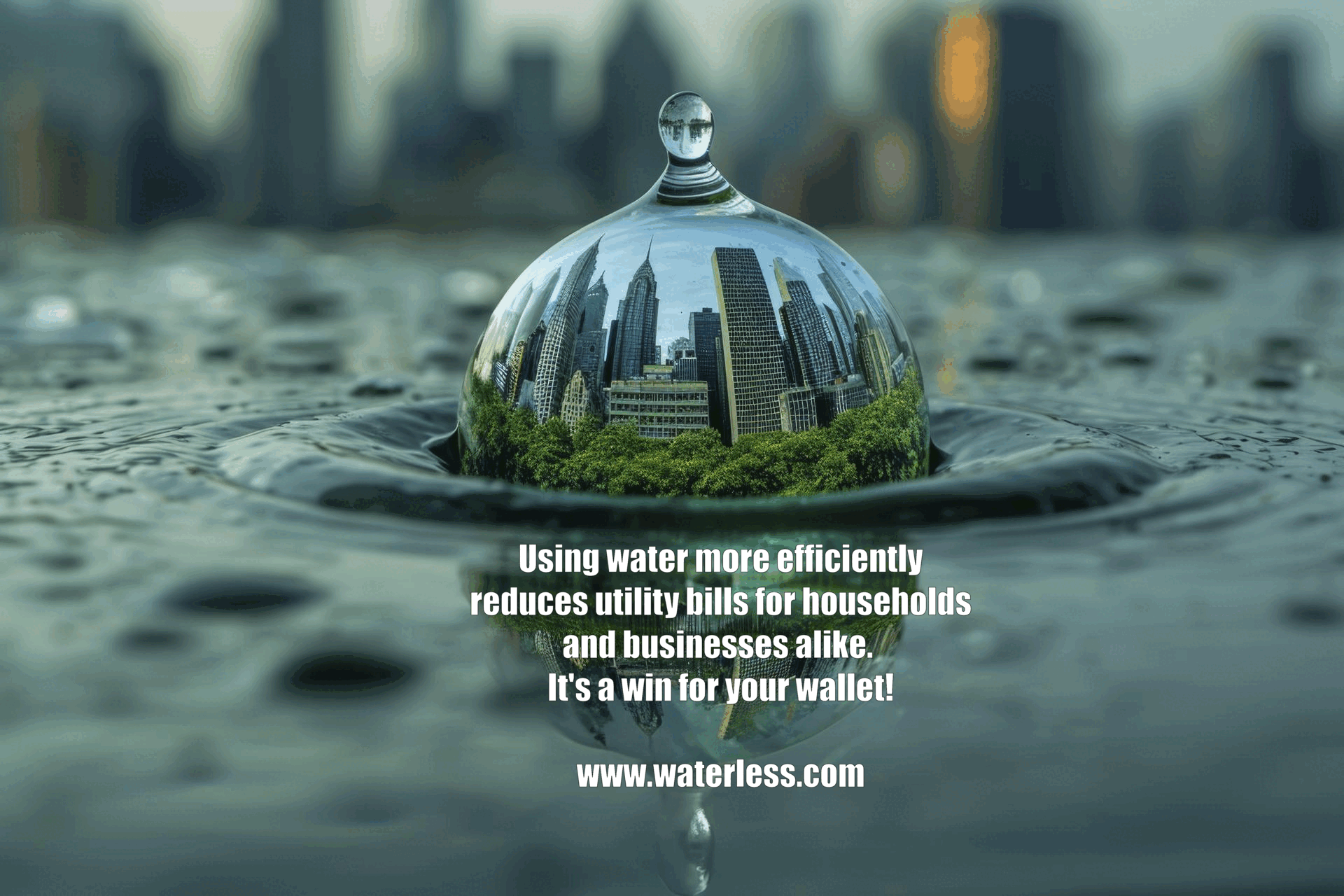Waterless Urinals Installed in the Mercedes Stadium in Atlanta
A recent study by market research firm Fortune Business Insights provides insights into the waterless or no-water urinal market, predicting trends from 2025 to 2032.
According to the report, waterless urinals allow urine to pass through the urinal bowl into a sealing liquid and then into the waste pipe below. The process has significant benefits such as water conservation and water efficiency, odor control, and environmental friendliness.
The study reports that we can expect to see the newest installations of waterless urinals in the following types of facilities:
Shopping centers because they help reduce maintenance costs.
Educational facilities, due to an upsurge in water consumption rates.
Public transportation, including trains, airplanes, and buses.
Tourist destinations, especially in rural areas.
Sports venues, where water consumption can be exceedingly high.
Religious gathering places include churches, mosques, and temples.
The study also discusses the growing market for waterless urinals in residential and commercial settings, with the "commercial market dominating due to the convenience [of installing waterless urinals], ability to reduce services and maintenance, and the reduction of usage of water."
Even with this expected product growth, the researchers pointed out that many areas of the world that could benefit from no-water urinals are not, simply due to "lack of awareness" of the technology. This is most prevalent in developing and undeveloped parts of the world.'
China, India, and Asia
The study forecasts that in the coming years, the most significant market growth for waterless urinals will be in Asia, particularly China and India.
The researchers went on to explain that the key factors for this include new construction in this part of the world, population growth, and India's goal of installing public restrooms throughout the country. Additionally, major festivals like Diwali (Hindu festival of lights) and the Chinese New Year will further boost demand for these urinals due to their water-saving benefits.
Interestingly, in Europe, the increasing popularity of waterless urinals is driven primarily by large music festivals such as Creamfields, a dance music festival in the UK, and Ultra Europe, a multi-venue music festival. Both events attract thousands of attendees and necessitate efficient restroom solutions.
Along with music festivals, sporting venues are attracting more and more people throughout Europe, necessitating waterless urinals to help reduce water consumption and water waste, installation costs, and ease maintenance concerns.
Our Thoughts
While this study, like many others, indicates considerable growth in the waterless urinal market, our policy has never been to focus on market trends. Instead, we remain committed to providing our customers with high-quality, reliable, and odor-free urinals that save water and money and help protect our most valuable resource: water.
-Klaus




















